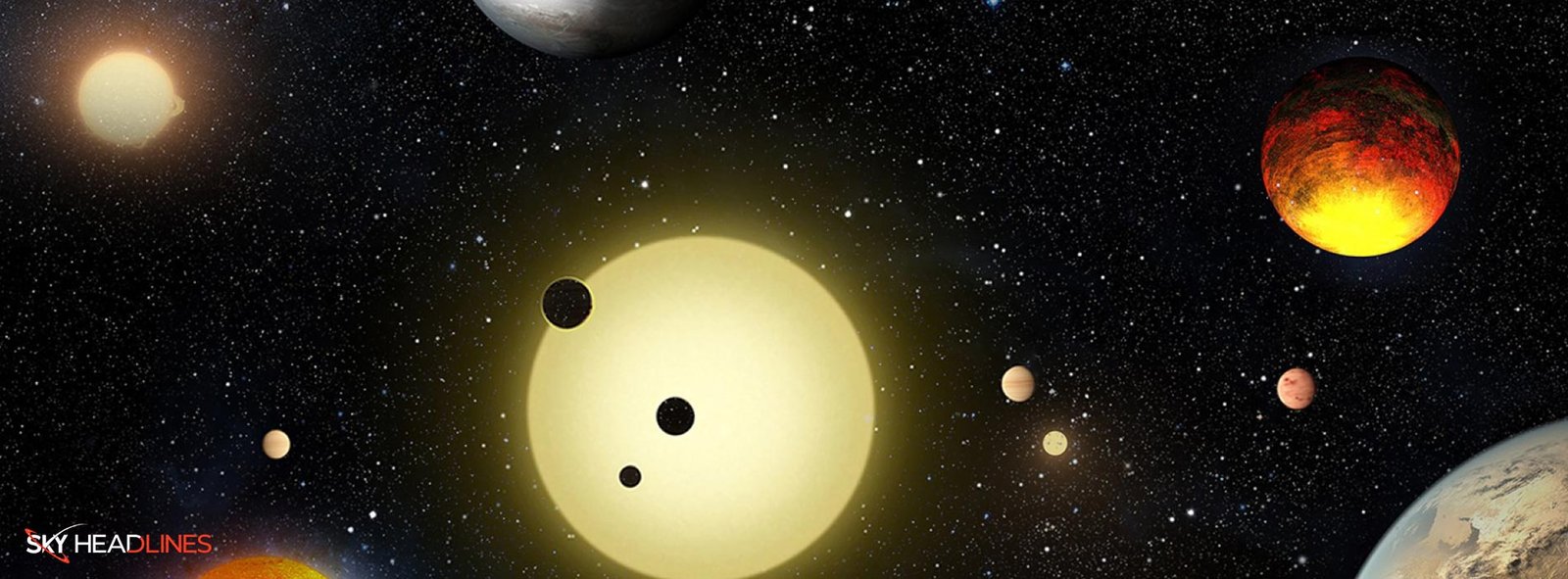Scientists have a firm belief that there are millions of planets in our neighboring, Andromeda Galaxy. However, they have only identified one so far, named PA-99-N2, due to a microlensing event in 1999. Therefore, this confirmation makes it the very first extragalactic planet.
Finding planets in space is challenging because they don’t emit their own light. Our technology allows us to find lots of exoplanets in our galaxy. As technology gets better, astronomers might find exoplanets outside our galaxy. In 2010, they found a Jupiter-sized planet in the Andromeda Galaxy and called it HIP 13044 b.
PA-99-N2 vs Jupiter: Let’s Know the Differences & Similarities:
Researchers have found that PA-99-N2 is about 6.34 times the mass of Jupiter, which is roughly 2015.5 times the mass of Earth.
To figure out if life could exist on this planet, we must check if it’s in the “Goldilocks zone” of its star system.
The Evidence of Exoplanets in Andromeda Galaxy:
The habitable zone is like a cosmic sweet spot where a planet has the perfect conditions for liquid water, which is vital for life.
Now, here’s the catch: Andromeda, our distant space neighbor, is so far away that astronomers struggle to gather enough info about its stars and planets. It’s like trying to see something tiny from a very, very long distance.
In simple terms, because of the enormous cosmic gap, scientists can’t determine how many planets exist in the Andromeda galaxy.
It’s a bit like counting stars in the night sky with the lights turned off – a real challenge! As time goes on, scientists will probably create advanced tools to find and study new exoplanets not just in the Andromeda Galaxy but also in distant regions of space.
How Scientists Discovers Such Distant Exoplanets & Stars?
To locate planets in distant galaxies, advanced data processing algorithms are employed. These algorithms work diligently to detect even the tiniest changes in areas as small as a single pixel. Because of the huge distances involved, scientists haven’t been able to show us clear pictures of planets or exoplanets, such as PA-99-N2 faraway places. But they’re not giving up! They’re still on the hunt for life on other planets and finding new planets, keeping our dreams alive for more knowledge in the future.
One exciting possibility is a planet that’s about 6.34 times as massive as Jupiter. If they confirm its existence, it would be a groundbreaking discovery: the first known planet in a different galaxy.
The Twin Quasar Event in History!
A similar occurrence took place in 1996 when a group of astronomers detected an unusual fluctuation in the light curve of the Twin Quasar. This fluctuation appeared to be caused by a planet roughly three times the mass of Earth within the lensing galaxy YGKOW G1. However, the validity of these findings remains uncertain because the fortuitous alignment that led to its identification is unlikely to occur again.
If they confirm PA-99-N2 exoplanet, it would set a mind-blowing record as the farthest known planet which is 4 billion light-years away.
Is PA-99-N2 a planet?
Its discovery was initiated by a microlensing event in 1999, yet astronomers are currently in the process of verifying its existence. Locating planets in the expansive realm of space poses a significant challenge.
How big is PA-99-N2 compared to Earth?
Researchers have stated the mass of the PA-99-N2 to be about 6.34 Jupiter masses. That amounts as 2015.5 to the Earth masses.
Does PA-99-N2 have moons?
In Andromeda, there’s a planet called PA-99-N2 D, orbiting another planet called PA-99-N2, but it’s farther from the center. This planet is either a blue gas giant or an ice giant and has a set of rings that don’t line up and two moons.
What star does PA-99-N2 orbit?
PA-99-N2 b is a planet in another galaxy, Andromeda, that orbits the red giant star PA-99-N2.
Where is PA-99-N2?
PA-99-N2 is a red giant star in the Andromeda Galaxy, located incredibly far away from Earth at about 2,185,247 light-years (or 670,000 parsecs).
Is PA-99-N2 bigger than Jupiter?
In 1999, a microlensing event called PA-99-N2 occurred. It is providing an opportunity to find the first exoplanet. The one having a mass 6.34 times that of Jupiter outside our Milky Way galaxy.
How did Andromeda Galaxy get its name?
The most remarkable aspect of our night sky is the grand Andromeda Galaxy. It is one of the closest galaxies to Earth. And one of the rare galaxies that can be seen without telescopic assistance. Besides this, Andromeda gets its name from the princess of Ethiopia, whom the hero Perseus saved from being sacrificed to the sea monster Cetus, according to Greek mythology.
Some Crisp Facts About Andromeda Galaxy:
One more galaxy you should be aware of, besides our Milky Way, is the Andromeda Galaxy. It’s actually the closest galaxy to us. It’s worth noting that the universe boasts around two trillion galaxies in total. The Andromeda Galaxy is about 2.5 million light-years away from us. Astronomers are really curious about the Andromeda Galaxy because it’s our close space neighbor. Let’s dive into what we know about planets in Andromeda. Similar to our Milky Way Galaxy having the Solar System, the Andromeda Galaxy also harbors many intriguing celestial wonders.





